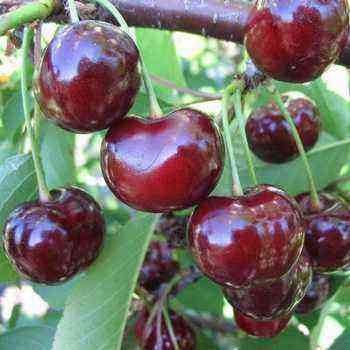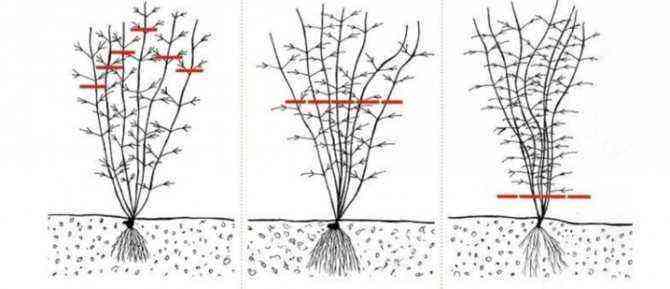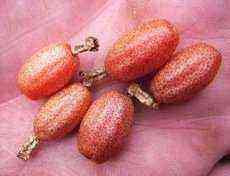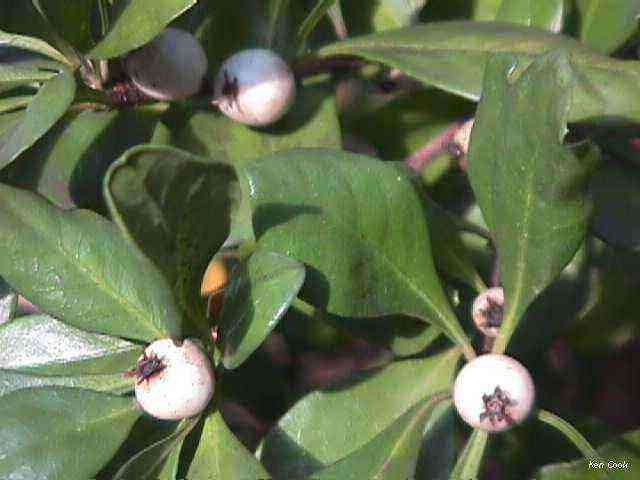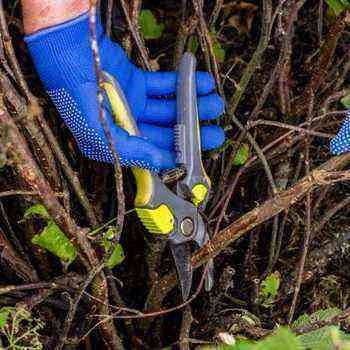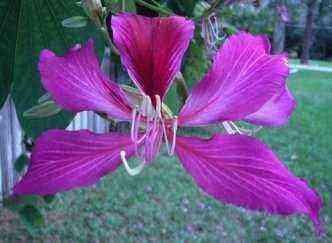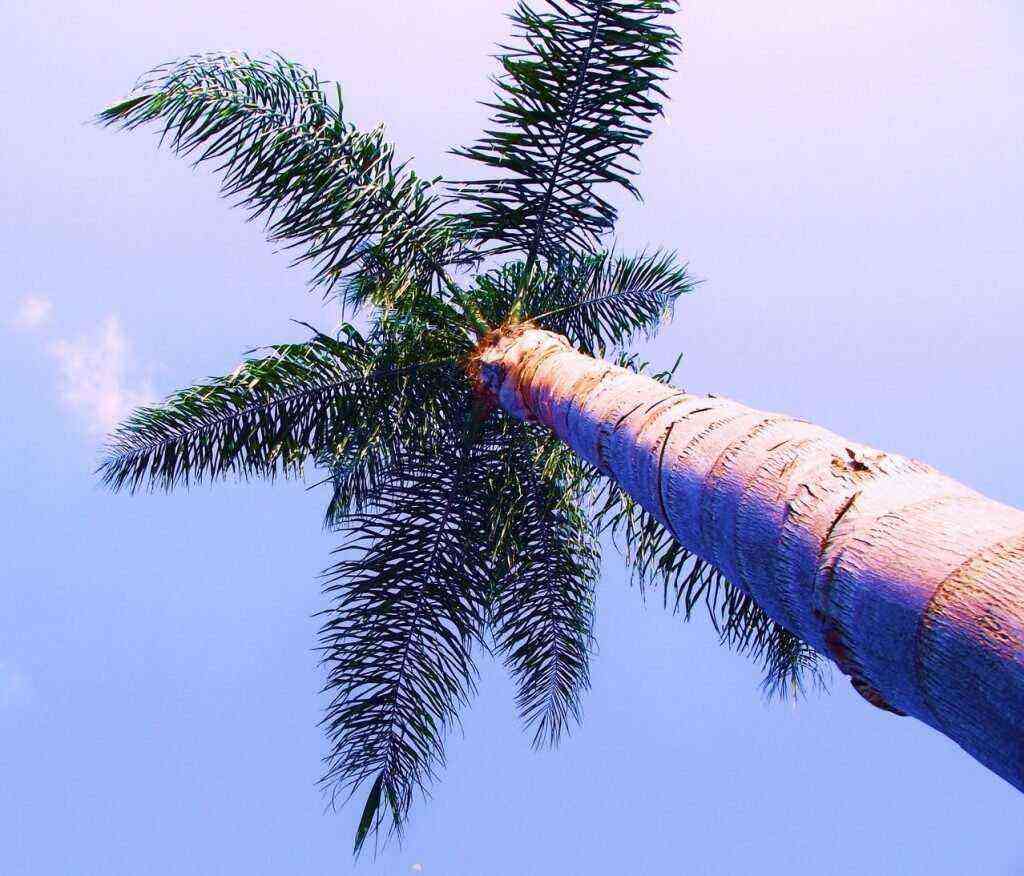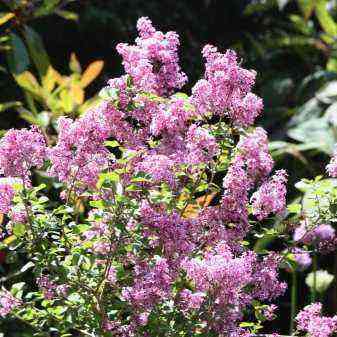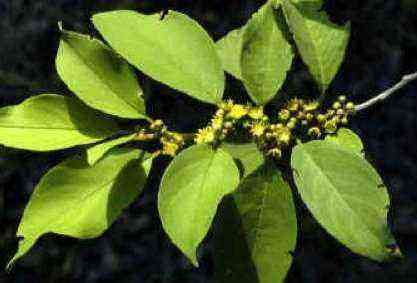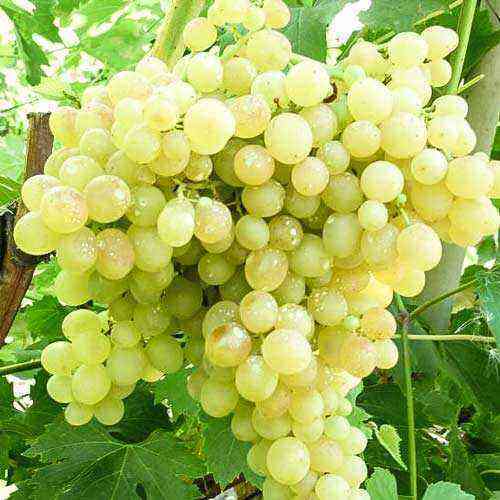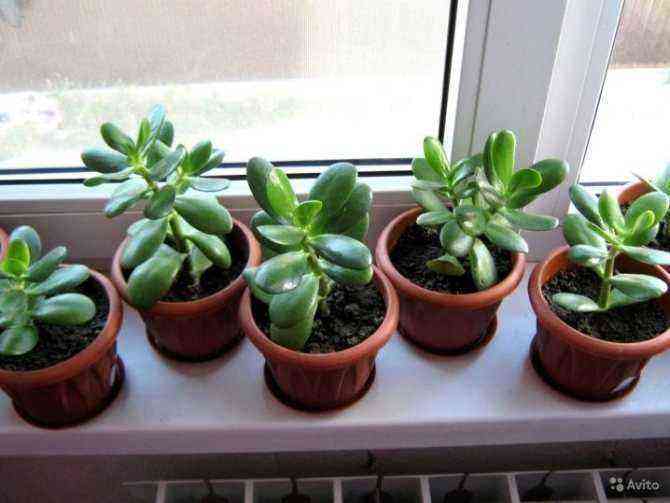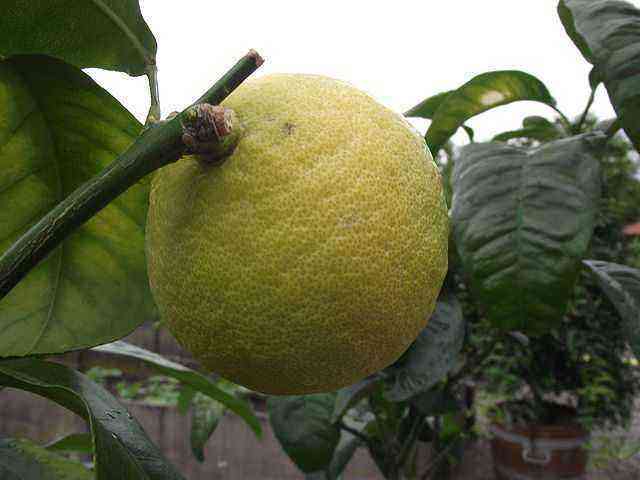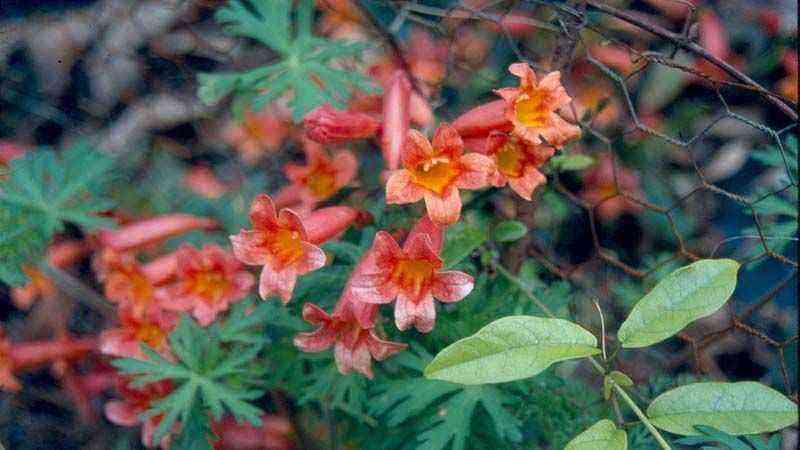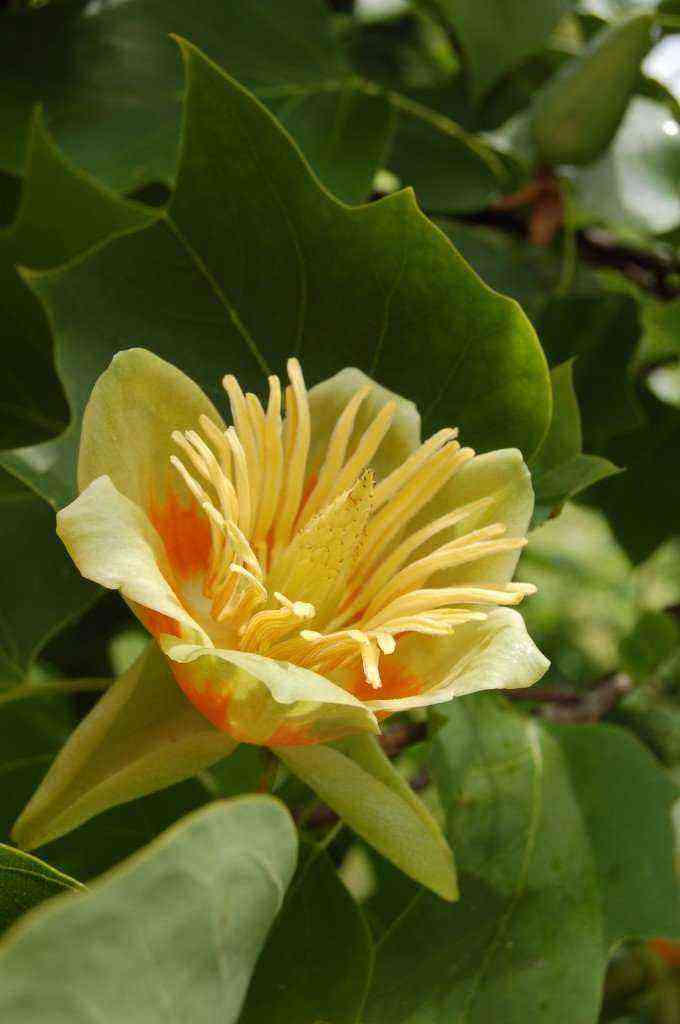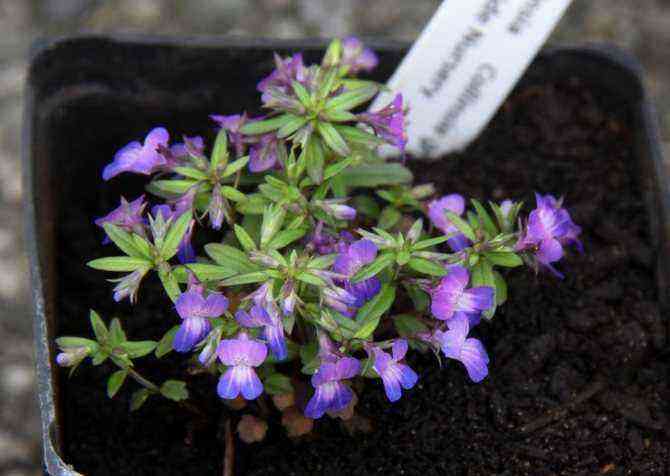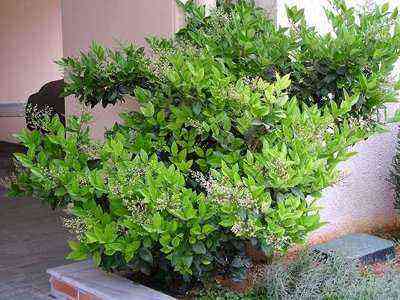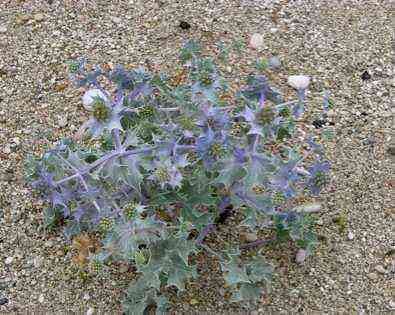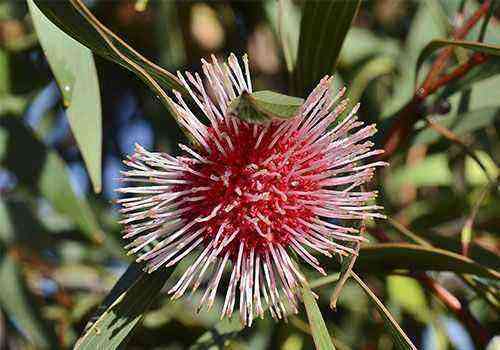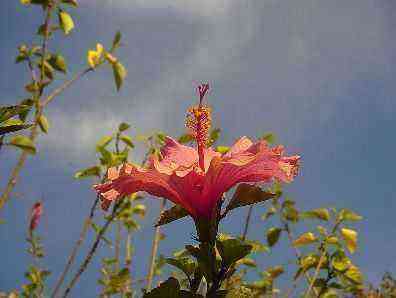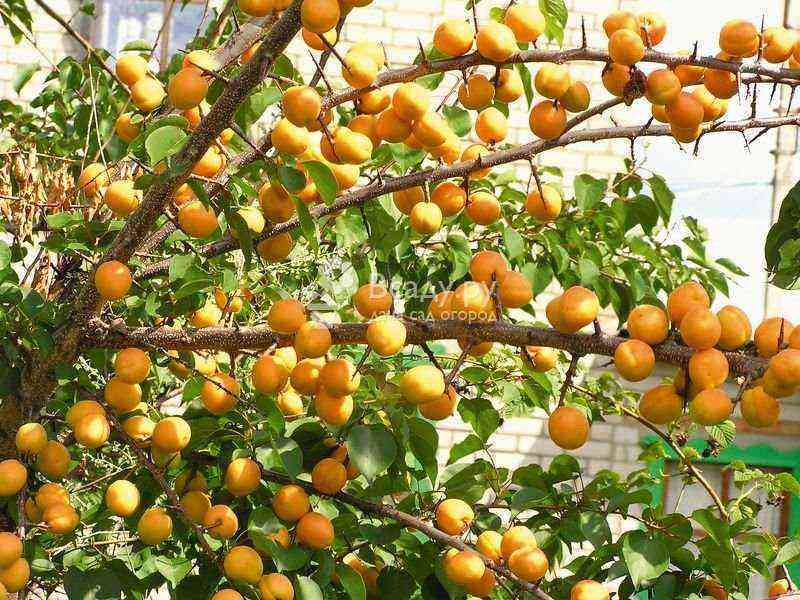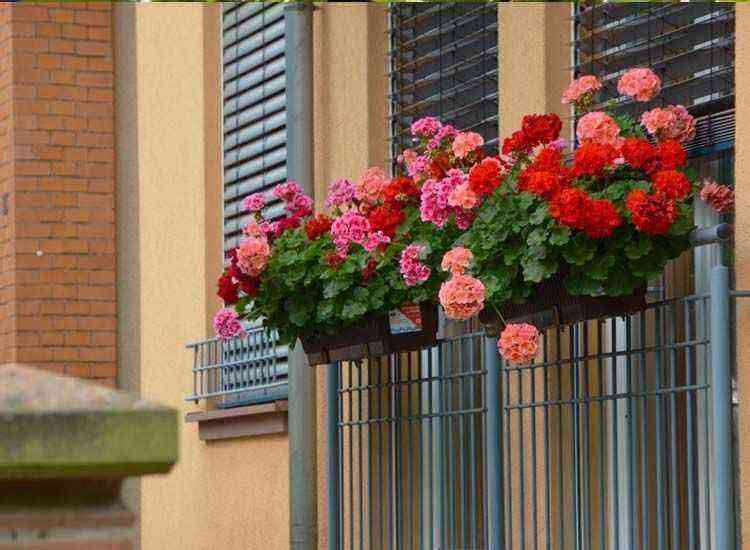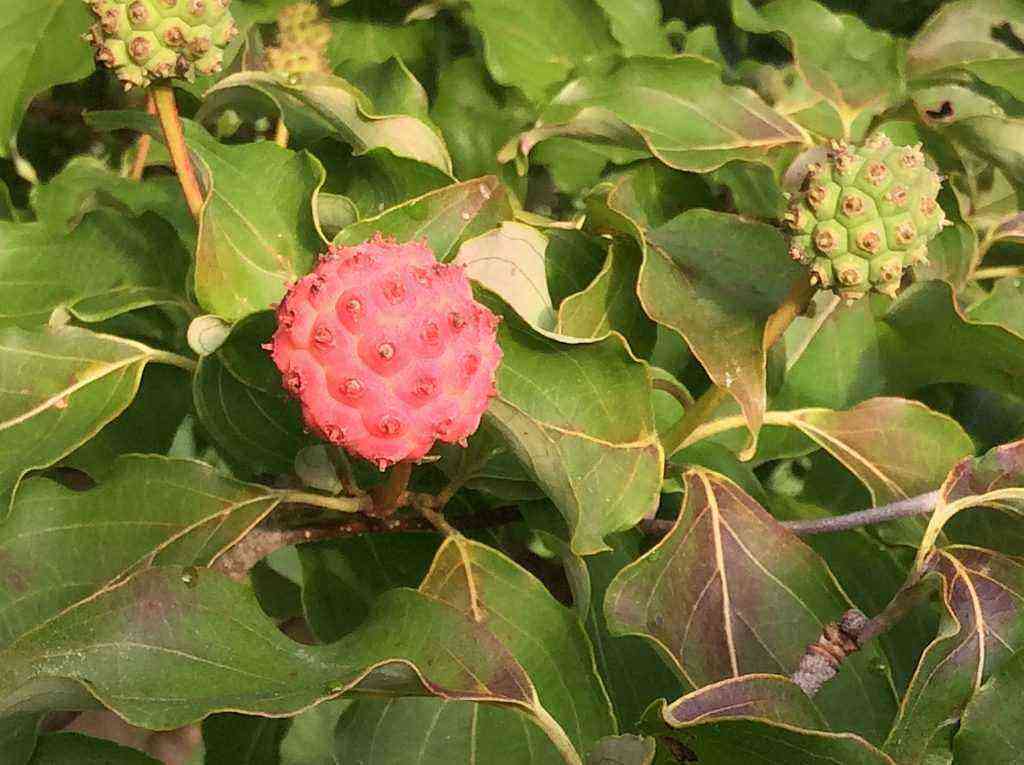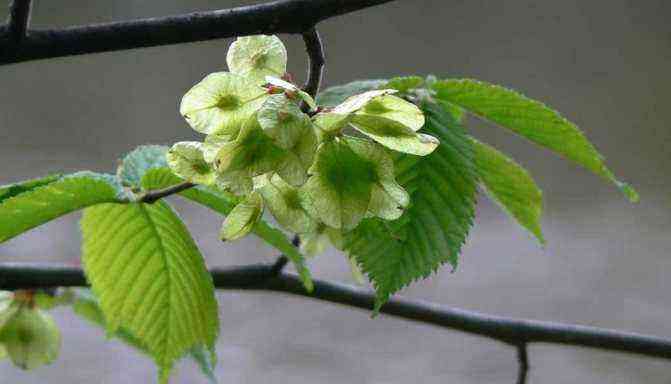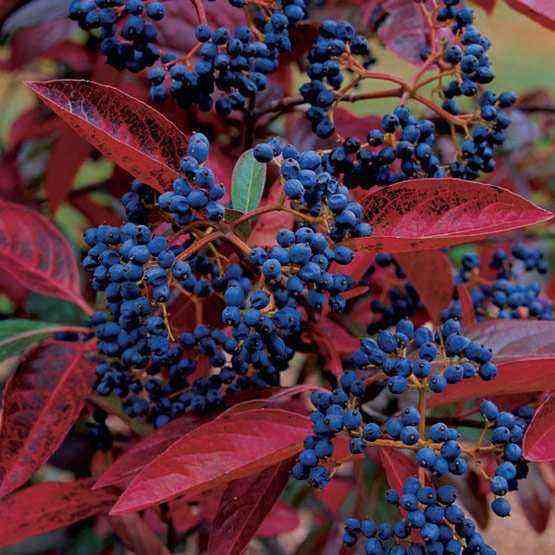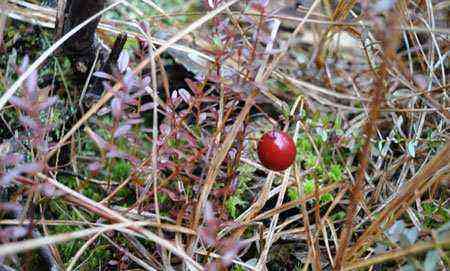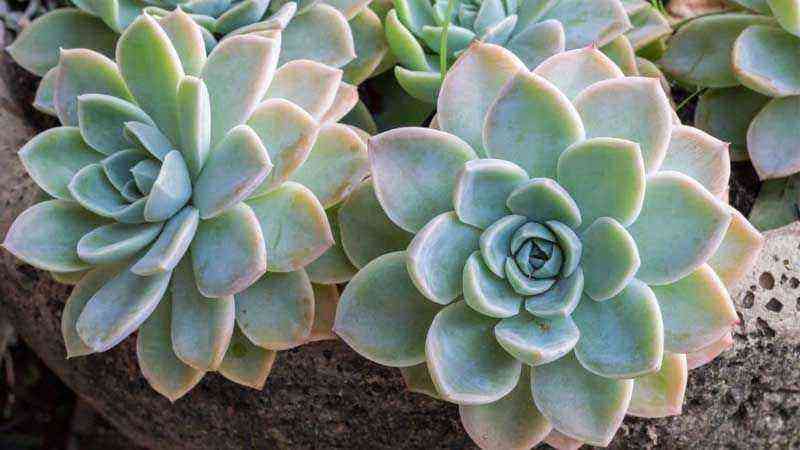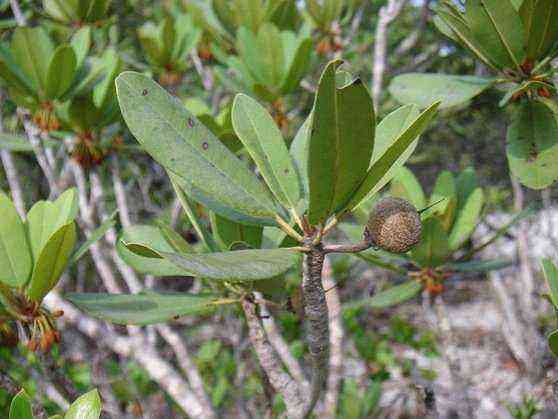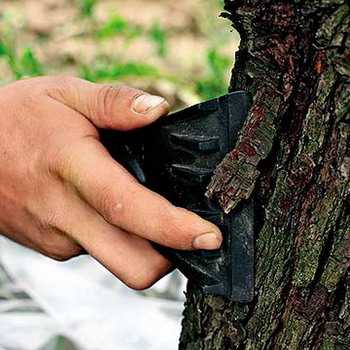 Proper care of garden trees and shrubs, regardless of their degree of decorativeness, includes a number of activities that cannot be ignored under any circumstances. Perhaps, the inhabitants of the southern regions, due to the warm climate, can lower their pre-winter shelter, but they need to pay more attention to watering. All other points must be followed strictly.
Proper care of garden trees and shrubs, regardless of their degree of decorativeness, includes a number of activities that cannot be ignored under any circumstances. Perhaps, the inhabitants of the southern regions, due to the warm climate, can lower their pre-winter shelter, but they need to pay more attention to watering. All other points must be followed strictly.
Tree and shrub care activities are carried out primarily to improve plant nutrition. And this requires the presence of a number of chemical elements, their transformation into forms accessible to the plant.
Moreover, the elements must be introduced into the soil at a certain time. The direction of substances in the plant must be regulated. From this it follows that the soil must have a sufficient fertilizer and water content, and it is also necessary to carry out targeted pruning.
Proper tree and shrub maintenance consists of:
- glaze,
- fertilization;
- loosening the soil;
- mulching the soil;
- weed control;
- pest and disease control;
- elimination of hollows and mechanical damage;
- shelters for the winter (if necessary);
- creating supports for plants;
- trimming.
Care of coniferous and deciduous trees and shrubs: watering
The regularity of watering for the care of coniferous and deciduous trees and shrubs should correspond to climatic conditions, the type of plant and the phases of its development. Watering is especially necessary during the period of intensive growth. For the arid zone, the recommended irrigation rates are as follows.
Rates and frequency of watering trees and shrubs
Plant age | Watering rate for the growing season | Wood wetting area, m2 | Irrigation rate, l | |
For 1 m2 | On the tree | |||
Trees up to 10 years | 8 | 2,0 | 30 | 160 |
Trees from 10 to 15 years old | 6 | 4,0 | 30 | 120 |
Trees over 16 years old | 4 | 6,0 | 30 | 180 |
Shrubs up to 3 years | 8 | 1,0 | 30 | 30 |
Shrubs over 3 years old | 6 | 1,5 | 30 | 45 |
Watering, growth period and frost resistance are related. Watering stimulates growth. In its absence, from mid-August, the metabolism shifts so that the plant begins to prepare for winter dormancy, i.e. cessation of watering increases frost resistance. Considering that winter can begin with a rather long snowless frosty period, i.e. the dry period, after the leaves fall, the trees are well watered. And if the end of winter was dry, then watering should be carried out before bud break. Watering shrubs requires much less water. They are watered 15 days before flowering, during periods of intense growth or prolonged drought.
How to care for fruit trees using a hydrodrill system? For this, a system of three hydraulic drills and a distributor mounted on a watering machine is used. The hydraulic drill is lowered into the soil to a predetermined depth (40-60 cm), and the liquid under pressure enters the soil, also contributing to an increase in the duty cycle and improvement of soil aeration conditions. In each hole, the operation is carried out 8-12 times per season.
The effectiveness of the use of a hydrodrill is associated with an increase in soil moisture charge due to the condensation of soil vaporous moisture under the influence of irrigation.
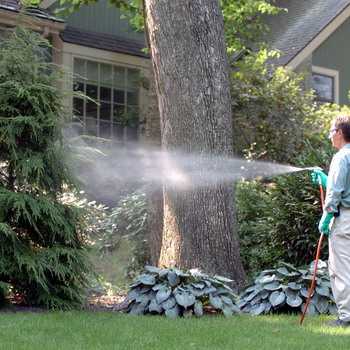 In the absence of rain for a long time, the leaves are covered with a layer of dust. The condition of the plants deteriorates, and the leaves do not purify the air. Washing of tree crowns should be carried out in the morning and evening hours 4-5 times during the growing season for deciduous trees and 8-10 times for conifers.
In the absence of rain for a long time, the leaves are covered with a layer of dust. The condition of the plants deteriorates, and the leaves do not purify the air. Washing of tree crowns should be carried out in the morning and evening hours 4-5 times during the growing season for deciduous trees and 8-10 times for conifers.
The following approximate water consumption per tree is recommended:
- up to 10 years – 15-20 liters,
- 10-20 years – 20-30 liters,
- 20-30 years – 40-50 liters,
- 30 and more – up to 100 liters.
The crowns are washed using hose irrigation or watering machines, on which special spray tips are installed.
How to care for planted fruit trees: creating supports and fertilizing
The creation of supports when planting trees is done to strengthen young plants. They are tied to one column or to three pegs that form a triangle along the edge of the trunk circle. As a rule, the tree is well strengthened, but sometimes the plant suffers from the garter material. The tree is growing and the wire or cord is cutting into the bark. Therefore, firstly, the wire is generally excluded from use, and secondly, one must not miss the time when the cord will cut in, and loosen it or remove it completely.
When creating various supports for lianas, one should not forget that by the end of the season, a dense heavy mass of lashes is formed from light flexible stems, which can fill up the support. Therefore, you need to correctly calculate the center of gravity.
Fertilizers are best applied after rain or watering in the amount of 2-3 l / m2 with the addition of 10-20 g of superphosphate.
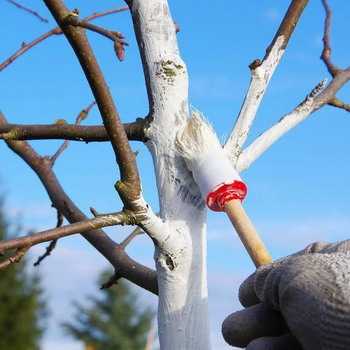 How to care for the planted trees in the spring-summer period, when the plants are building up or completing the structural parts? During this period, fertilizers are applied with a predominant nitrogen content.
How to care for the planted trees in the spring-summer period, when the plants are building up or completing the structural parts? During this period, fertilizers are applied with a predominant nitrogen content.
And how should you take care of trees in the fall, when plants make reserves of substances that contribute to their frost resistance? In this case, fertilizers with a high content of potassium and phosphorus are applied, replenishing the loss of these elements when the fruits fall.
Fertilizers are applied after watering or rain, preferably in the evening. In small areas, it is better to apply organic fertilizers (manure, compost, bird droppings). In other cases, mineral fertilizers are applied at the rate of 1–2 g of ammonium sulfate, 10–20 g of superphosphate, and 30–60 g of potassium salt per 5 m10. Poorly soluble fertilizers (superphosphates) are usually applied before winter. It is more effective to apply the spring dose 2-3 times with approximately a monthly gap.
Foliar dressing is carried out by spraying the plants with mineral fertilizer solutions 1 – 2 times during the period of intensive growth.
If necessary, add growth stimulants along with mineral fertilizers.
Growth stimulants increase the vital activity of the plant, and the soils must be provided with elements of mineral nutrition. In particular, you can add ammonium salts of nitropolycarboxylic acids (APC) at a concentration of 0,001-0,0075%.
How to care for fruit trees in the garden: loosening and weed control
After winter, the soil is loosened to disturb the soil structure, which facilitates the evaporation of moisture. In summer, loosening the soil also helps to retain moisture and replaces watering. In autumn, a loose layer is needed to better absorb rain and snow water. In spring and autumn, trunks are dug up. In the summer, they must be loosened after watering, destroying the earthen crust. When loosening, cut off the roots located close to the surface, which can freeze in winter. Before taking care of fruit trees by loosening, remember that the frequency of this procedure depends on the soil and climatic conditions and the characteristics of the herbs.
The main method of weed control when caring for ornamental and fruit trees and shrubs is weeding by hand or by disking and cultivating with a tractor. Recently, a chemical method of control with the help of herbicides has been used. In the arid zone, atrazine and prometrine are recommended, and in humid or moderately humid conditions, simazine is used.
Before you need to care for trees and shrubs, prepare herbicides in the following proportions (kg / l):
- Simazin – 3-4;
- Atrosine – 2,5-3,5;
- Prometrine – 3-4.
The rate of fluid consumption when caring for fruit and ornamental trees and shrubs is 600-800 l / ha.
To prevent the ingress of herbicides on the roots of trees and shrubs, after watering them, do not loosen the soil.
How to care for trees: mulching the soil and eliminating hollows
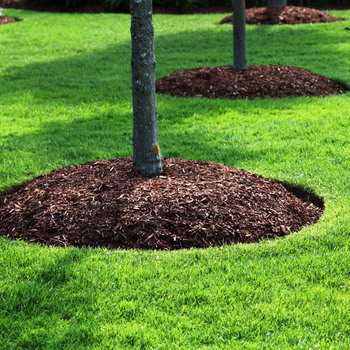 How else to care for trees in the garden to ensure their active growth? It is necessary to carry out activities such as mulching the soil and eliminating hollows.
How else to care for trees in the garden to ensure their active growth? It is necessary to carry out activities such as mulching the soil and eliminating hollows.
After planting young plants, their trunks are mulched. The soil under the mulch does not form a crust, does not crack and retains moisture for longer. Mulch with any loose, harmless material: sawdust, peat, moss, last year’s leaves, branches, etc. Some people prefer dark plastic wrap. A coating layer is recommended for moss and peat about 4 cm, for looser materials up to 12 cm. However, you should not mulch in damp cold weather, the roots may get wet.
The remains of skeletal branches after breaking off their parts, as well as hollows, can be a site for the development of infection. These damage must be cleaned with a sharp knife, disinfected with a 5% solution of iron or copper sulfate. Then they are closed up. In the process of caring for garden trees, do not forget to cover the cuts of branches with garden varnish or oil paint. The hollow is filled with cement with sand, crushed stone, brick chips or molten asphalt with sawdust. A positive effect in wound healing is provided by the addition of a growth stimulator of heteroauxin at a concentration of 0,01-0,025%.
How to care for garden trees and shrubs: combating diseases and pests
Pests and diseases not only worsen the decorative appearance of plants, but also shorten their life span. The most common pests are scale insects, woodworms, ticks, goldtail, willow buckwheat, bark beetles, golden beetles, and aphids.
Great harm is caused by Dutch elm disease, bacteriosis, cytosporosis, and witch’s brooms (on willows).
How to care for shrubs and trees to protect them from disease and pests? The fight against these scourges consists of preventive measures without the use of pesticides and treatments with various poisons. Preventive measures are carried out in winter or early spring, when they cut off, remove and burn all egg-laying, wintering nests of golden-tails and hawthorns, witch’s broom on willows and svidin. If foliage was not harvested in the fall, then it should be collected, burned or deeply buried in the ground, since among the leaves and under them there are many pests (leaf beetles, caterpillars of willow weevils, harmful weevils), and pathogens of various spots are in the leaves.
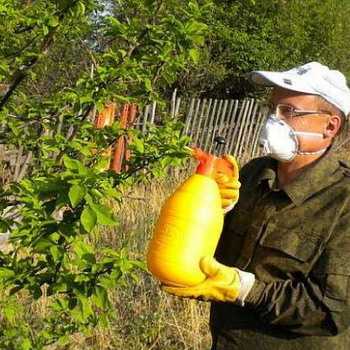 All cuts on the branches should be cleaned and disinfected with a 3% solution of copper sulfate or potassium permanganate, and then covered with garden varnish or oil paint.
All cuts on the branches should be cleaned and disinfected with a 3% solution of copper sulfate or potassium permanganate, and then covered with garden varnish or oil paint.
An indirect method of control is to hang artificial nests for birds that feed on insects and their larvae.
Unfortunately, such methods of control do not save plants, therefore they use a chemical method of control.
Before budding, when the larvae begin to revive, the plants are sprayed with poisons dissolved in oil emulsions (preparations 30, 30c, etc.), they envelop the larvae with an oil film, thereby suffocating them. If pests are in the trunks, for example, tree caterpillars, then they are destroyed with the help of soft wire inserted into the hole in the trunk made by the pest, at the end of which he is. You can also close the hole with a cotton swab dipped in sulfuric ether, the vapor of which will kill the caterpillar.
During the budding period, leaf-gnawing insects appear (gypsy moth, hawthorn, willow wolf, etc.). They are collected and destroyed from low bushes. Inaccessible places of their distribution are sprayed with drugs of the pyrethroid group: decis, fury, actelin, etc.
These same chemicals are used against leaf rollers. It should be remembered that it is prohibited to use pesticides near permanently living people. In addition, as pesticides are used, properties are found (long-term preservation after use, poison for useful fauna), due to which their production is prohibited. New chemicals are recommended to replace them. If you have to deal with spraying, then when choosing pesticides, be guided by what is in the store.
To combat spider mites and powdery mildew, a solution of colloidal sulfur of 0,3-1,0% concentration or an apolo preparation is used.
At the beginning of the appearance of aphids, which eats the leaves, it is necessary to sprinkle with solutions of drugs of the pyrethroid group or with an organophosphorus drug Siren.
American white butterfly braids its leaves with cobwebs. Branches with cobwebs are cut and burned.
To prevent spot disease, trees and shrubs are sprayed with copper oxychloride, Bordeaux liquid, and topaz.
During the period of mass hatching of scale insect larvae (June-July), spring spraying is repeated.
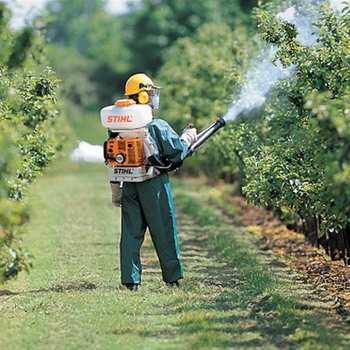 In the second half of summer (July-August), against the summer appearance of willow wolf (on poplars and willows) in the centers of their reproduction, as well as against hatching caterpillars, golden tails, hawthorn, maple arrow, plantings should be sprayed with entobacterin-3 in 0,5% concentration with the addition of a small amount of a pesticide of the pyrethroid group. The effect of the treatment will be obtained if the spores germinate, which require wet weather (morning or evening).
In the second half of summer (July-August), against the summer appearance of willow wolf (on poplars and willows) in the centers of their reproduction, as well as against hatching caterpillars, golden tails, hawthorn, maple arrow, plantings should be sprayed with entobacterin-3 in 0,5% concentration with the addition of a small amount of a pesticide of the pyrethroid group. The effect of the treatment will be obtained if the spores germinate, which require wet weather (morning or evening).
Dangerous mass flight of beetles from infected elm trees. The beetles of these pests not only do great harm to the elm trees themselves, but also carry a disease that is very dangerous for this tree species – the Dutch disease. Before the beetles emerge, the trees are treated with drugs of the pyrethroid group twice with an interval of 10-12 days.
In humid years, poplars can get rusty. Control measures are the same as for spotting.
How to care for trees in the fall: proper care to prepare for winter
A mandatory measure when caring for trees in autumn is preparation for winter: non-frost-resistant plants must be covered. Unripe (flexible) shoots are cut off. If the plant can be laid, strengthened, then it is covered with earth or plastic wrap, and then boards, slate, etc. Erect bushes are tied with foil, burlap, while sprinkling the edges with earth.
How else to care for trees in the fall to protect them from the upcoming frost? You can cover the soil around the trunk with fallen leaves (if the plant was healthy) or sawdust, which is covered and strengthened with shields and boards.
To preserve the branches during a snowfall, plants, for example, columnar junipers, are tied. In snowfalls, it is advisable to shake off snow from the branches every day, and do this, not forgetting about the increased fragility of the branches during frosts. After a thaw, during which the snow melted and exposed the ground, it is advisable to additionally insulate the plants.
